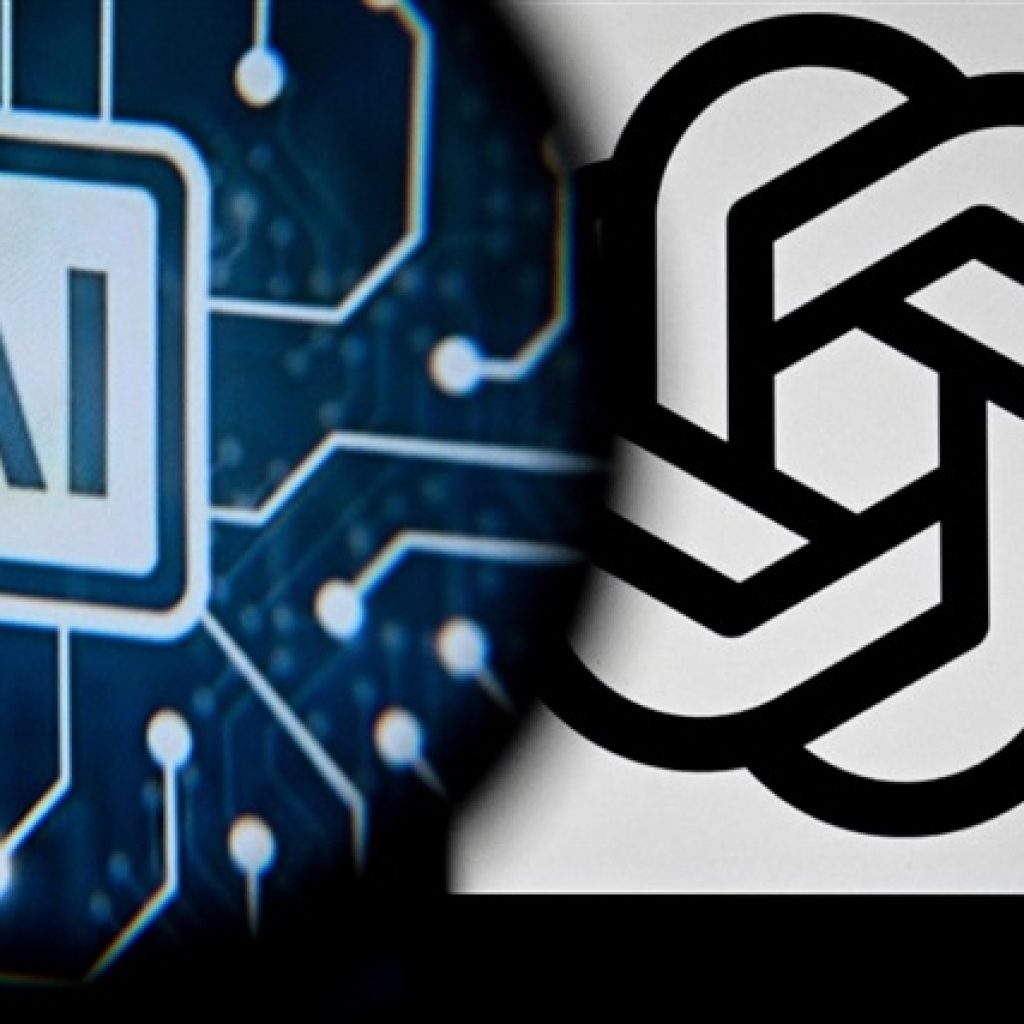In a bold move that has sparked both curiosity and controversy, Cottesmore prep school in Sussex, England, has appointed two AI chatbots to serve as integral members of its executive staff. Headmaster Tom Rogerson, a self-professed advocate for artificial intelligence, believes that these chatbots, named “Abigail Bailey” and “Jamie Rainer,” can play a crucial role in education management while preparing students for a future intertwined with AI and robotics.
Abigail Bailey, portrayed as a black woman, has taken on the role of the school’s principal headteacher, akin to a vice principal. Jamie Rainer, also depicted as a person of mixed race, was appointed as the head of AI. Tom Rogerson’s vision is clear: he aims to nurture a generation of students who can seamlessly interact with AI and consider them “benevolent servants.”
Preparing for an AI-infused world
Tom Rogerson’s decision to introduce AI chatbots into the school’s leadership ranks is driven by his belief in the importance of preparing students for a future dominated by AI and robotic technologies. He insists that teaching students to coexist with and utilize AI effectively is paramount for their future success.
“We need to prepare them for a life of using and living with AI and robots which have AI installed in them,” Rogerson stated. Encouraging students to view AI as “benevolent servants” is at the core of his educational philosophy, aligning with his enthusiasm for artificial intelligence.
A unique set of qualifications for AI leadership
Rogerson’s rationale for appointing AI to critical leadership positions centers around the need for AI to fulfill a diverse set of responsibilities. These responsibilities extend beyond traditional educational tasks to include teaching tech-related subjects, managing the school’s AI initiatives, and even conducting physical education classes. However, the specifics of how AI chatbots would excel in these roles remain unclear.
While Rogerson’s vision of AI undertaking multifaceted roles is ambitious, the practicality of AI effectively taking on responsibilities such as gym instruction raises questions. Nevertheless, he sees AI as a valuable resource that can provide support and alleviate the isolation often experienced by school leaders. “Being a school leader, a headmaster, is a very lonely job,” he shared. “Just having somebody or something on tap that can help you in this lonely place is very reassuring.”
One aspect of this development that has raised eyebrows is the decision to depict the AI chatbots, Abigail Bailey and Jamie Rainer, as individuals of color. While Tom Rogerson has not provided a clear explanation for this choice, it has ignited a debate about the racialization of AI avatars, especially in the context of referring to them as “benevolent servants.” Critics argue that the decision could carry unintended implications, and Cottesmore prep school has been contacted for clarification on this matter.
The intersection of technology and tradition
The introduction of AI chatbots into the executive staff roles at Cottesmore prep school represents an intriguing blend of technology and tradition. It highlights the school’s commitment to preparing students for a future where AI will play an increasingly prominent role in various aspects of life. However, it also raises questions about the readiness of AI to assume such responsibilities and the implications of portraying AI avatars as individuals of color.
In the ongoing race to integrate AI into various facets of society, the question of technological maturity is a relevant one. While the decision to appoint AI chatbots to executive staff roles may seem premature to some, it is a noteworthy experiment that will undoubtedly spark further discussions about the role of AI in education and beyond. As the school year progresses, it remains to be seen how students, parents, and educators will respond to this groundbreaking initiative and its potential impact on the future of education.





